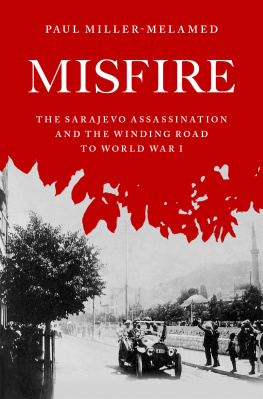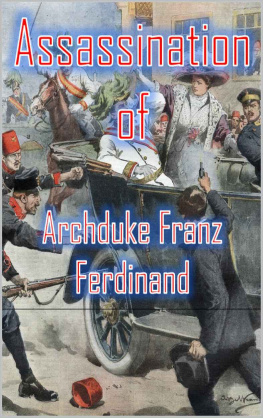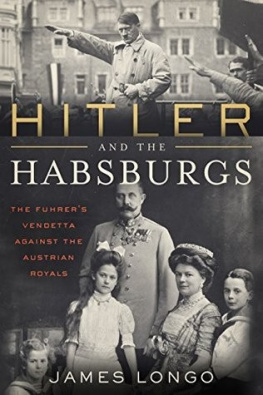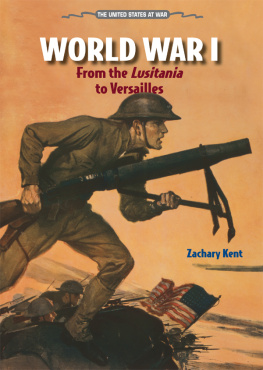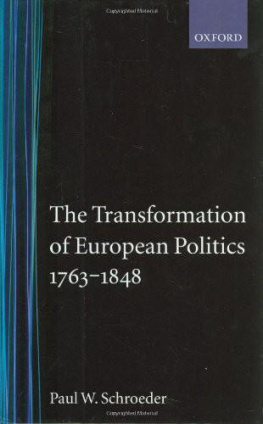WORLD WAR I

Published in 2017 by Britannica Educational Publishing (a trademark of Encyclopdia Britannica, Inc.) in association with The Rosen Publishing Group, Inc.
29 East 21st Street, New York, NY 10010
Copyright 2017 by Encyclopdia Britannica, Inc. Britannica, Encyclopdia Britannica, and the Thistle logo are registered trademarks of Encyclopdia Britannica, Inc. All rights reserved.
Rosen Publishing materials copyright 2017 The Rosen Publishing Group, Inc. All rights reserved.
Distributed exclusively by Rosen Publishing.
To see additional Britannica Educational Publishing titles, go to rosenpublishing.com.
First Edition
Britannica Educational Publishing
J.E. Luebering: Executive Director, Core Editorial
Anthony L. Green: Editor, Comptons by Britannica
Rosen Publishing
Tara L. Mann: Editor
Nelson S: Art Director
Matt Cauli: Designer
Cindy Reiman: Photography Manager
Bruce Donnola: Photo Researcher
Library of Congress Cataloging-in-Publication Data
Names: Mann, Tara L.
Title: World War I / edited by Tara L. Mann.
Description: First edition. | New York, NY : Britannica Educational Publishing in association with The Rosen Publishing Group, Inc., 2017. | Series: A political and diplomatic history of the modern world | Includes bibliographical references and index.
Identifiers: LCCN 2016002791 | ISBN 9781680483512 (eBook)
Subjects: LCSH: World War, 19141918.
Classification: LCC D521 .W636 2017 | DDC 940.3dc23
LC record available at http://lccn.loc.gov/2016002791
Contents
CHAPTER 1
THE ROOTS OF WAR
CHAPTER 2
THE OUTBREAK OF WAR
CHAPTER 3
FROM GRAND PLANS TO THE TRENCHES

CHAPTER 4
THE YEARS OF STALEMATE
CHAPTER 5
THE CRISES OF 1917
CHAPTER 6
THE LAST OFFENSIVES AND THE ALLIES VICTORY
CHAPTER 7
PEACEMAKING, 191922
CHAPTER 8
A FRAGILE STABILITY, 192229
In late July and early August 1914, the great powers of Europe embarked on a course of action that claimed millions of lives, toppled empires, and reshaped the political structure of the continent. World War I saw the debut of the tank and chemical weapons, the widespread use of machine guns and aircraft, improvements in artillery, and the pinnacle of the age of battleships. Military aircraft technology advanced rapidly during the war. Fighters such as the Fokker Eindecker, the Spad, and the Sopwith Camel captured the popular imagination, and their dogfighting pilots won fame far beyond the battlefield. Artillery literally shaped the battlefield. It ranged in size from the French 75-mm field gun to the massive 420-mm Big Bertha and the 210-mm Paris Gun. Infantry weapons included many repeating rifles. Machine guns were an especially lethal addition to the battlefield. Heavy guns such as the Maxim and Hotchkiss made no-mans-land a killing zone, and Isaac Lewiss light machine gun saw widespread use at the squad level and as an aircraft armament. Barbed wire, invented in the 19th century as a means of containing grazing animals, was a key element in defensive fortification. For the first time, chemical weapons, such as diphosgene and mustard gas, were employed extensively. Although tanks such as the British Mark I made their debut in World War I, they were used primarily in a supporting role.
In the years preceding the outbreak of war in 1914, the Balkan LeagueSerbia, Bulgaria, Greece, and Montenegrowas formed under Russian auspices in the spring of 1912 to take Macedonia away from the Ottoman Empire. The First Balkan War began in October 1912, and the Balkan allies were soon victorious. Under a peace treaty signed in London on May 30, 1913, the Ottoman Empire lost almost all of its European territory, including all of Macedonia and Albania. Albanian independence was insisted upon by the European powers, and Macedonia was to be divided among the Balkan allies. The Second Balkan War began when Serbia, Greece, and Romania quarreled with Bulgaria over the division of their joint conquests in Macedonia. The Bulgarians were defeated, and a peace treaty was signed on August 10, 1913. The political consequences of the Balkan Wars were considerable. Bulgaria, frustrated in Macedonia, looked to Austria-Hungary for support, whereas Serbia, which had been forced by Austria-Hungary to give up its Albanian conquests, regarded Vienna with greater hostility. Serbian nationalists thus turned their attention to the idea of liberating the South Slavs of the Austro-Hungarian Empire.

This diagram summarizes data about the First World War, also known as the Great War. It was the first truly global conflict.
Dragutin Dimitrijevic, head of Serbias military intelligence, was also a founder and leader of the secret society Black Hand, which was pledged to this pan-Serbian ambition. Believing that the Serbs cause would be served by the death of the Austrian archduke Francis Ferdinand, heir presumptive to the Austro-Hungarian emperor Francis Joseph, and learning that the archduke was about to visit Bosnia (then part of Austria-Hungary) on a tour of military inspection, Dimitrijevic plotted his assassination. Gavrilo Princip (who was trained in terrorism by Black Hand), his associate Nedjelko Cabrinovic, and four other revolutionaries awaited the archdukes procession in Sarajevo on June 28, 1914. Cabrinovic threw a bomb that bounced off the archdukes car and exploded beneath the next vehicle. A short time later, while driving to a hospital to visit an officer wounded by the bomb, Francis Ferdinand and his wife, Sophie, Duchess von Hohenberg, were shot to death by Princip.
Austria-Hungary, which the previous year had been assured of Germanys support should it start a preventive war against Serbia, saw the crime as the occasion to take measures to humiliate Serbia and so to enhance its own prestige in the Balkans. The empire decided to present an unacceptable ultimatum to Serbia and then to declare war, relying on Germany to deter Russia from intervention. When delivery of the ultimatum was announced, on July 24, Russia declared that Austria-Hungary had to not be allowed to crush Serbia. Serbia replied the next day, accepting most of the demands but protesting against two of them. Though Serbia offered to submit the issue to international arbitration, Austria-Hungary promptly severed diplomatic relations and ordered partial mobilization.
War was declared on July 28, and the next day Austro-Hungarian artillery began to bombard Belgrade, the capital of Serbia. Russia then ordered mobilization against Austria-Hungary. On July 31 Germany sent a 24-hour ultimatum requiring Russia to halt its mobilization and an 18-hour ultimatum requiring France to promise neutrality in the event of war between Russia and Germany. Both Russia and France predictably ignored these demands. On August 1 Germany ordered general mobilization and declared war against Russia. The next day Germany sent troops into Luxembourg and demanded from Belgium free passage across its neutral territory. On August 3 Germany declared war against France. During the night of August 34, German forces invaded Belgium. Great Britain, which was committed to defending Belgium, on August 4 declared war against Germany. Over the next few days, Austria-Hungary declared war against Russia, Serbia against Germany, Montenegro against Austria-Hungary and Germany, and France and Britain against Austria-Hungary. By the end of the month, Japan had declared war against Germany, and Austria-Hungary had declared war against Japan and Belgium. More than 25 countries eventually participated, aligned with either the Allied or the Central powers. The Allieswho won the warincluded primarily France, Great Britain, Russia, Italy, Japan, and, from 1917, the United States. The Central Powers consisted mainly of Germany, Austria-Hungary, and the Ottoman Empire (Turkey).




